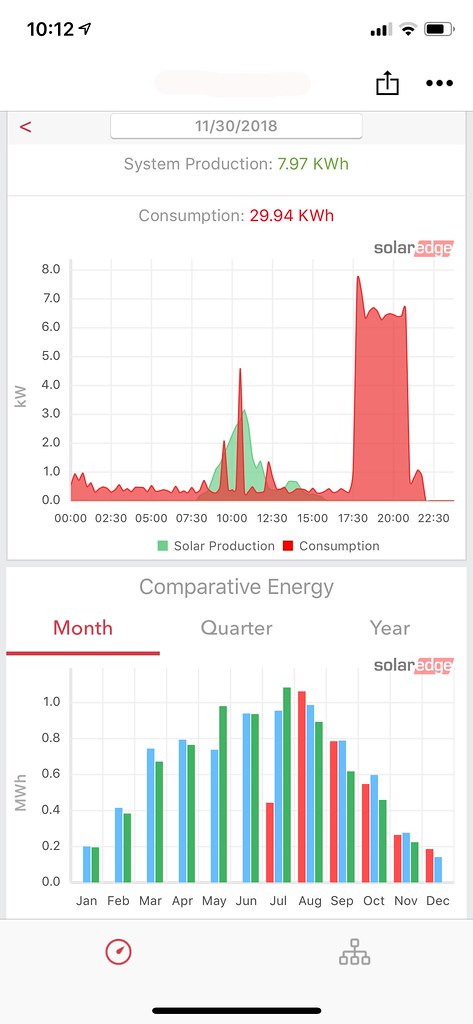So model 3 is my second EV and because of the location of my 240V outlet I have to back it into my garage to charge it. And that is a real pain to do. So I started out just charging it with 120V 15 amp outlet. Because of my commute (60 miles per day), that was doable but a bit too slow for me.
After ordering a plug from Tesla that supports 120V 20 amp outlet I've been just fine. I would say that for majority of Tesla owners 120V 15 amp would work, as long as you are willing to plug it in every night. I've only used my 240V charger one time so far (and concluded that backing the car into the garage is no fun at all).
I guess what I am saying is that before you all rush out and spend a small fortune on pulling electrical for your new Tesla, consider all the charging options:
120V 15 amp -- regular outlet that you already have in the garage
120V 20 amp -- you probably already have it in the garage, just see if the there is a horizontal opening next to left vertical opening in your outlet
240V 15 amp -- aka NEMA 6-15. This is especially useful if you already have a dedicated 120V 20 amp outlet in the garage, as you should be able to change out the breaker and the outlet without having to pull a new wire
Options go up from here, but with how economical Model 3 is, I would bet that just about anyone on this forum would be just fine with using NEMA 6-15.
Now, if you HAVE to pull a new wire, and your panel can easily support it, then yes, go with NEMA 14-50 or a wall charger. But before you spend money on it, think if you really NEED that kind of charge rate. I would argue that those who drive less than 1k miles per month can do just fine with a regular outlet.
After ordering a plug from Tesla that supports 120V 20 amp outlet I've been just fine. I would say that for majority of Tesla owners 120V 15 amp would work, as long as you are willing to plug it in every night. I've only used my 240V charger one time so far (and concluded that backing the car into the garage is no fun at all).
I guess what I am saying is that before you all rush out and spend a small fortune on pulling electrical for your new Tesla, consider all the charging options:
120V 15 amp -- regular outlet that you already have in the garage
120V 20 amp -- you probably already have it in the garage, just see if the there is a horizontal opening next to left vertical opening in your outlet
240V 15 amp -- aka NEMA 6-15. This is especially useful if you already have a dedicated 120V 20 amp outlet in the garage, as you should be able to change out the breaker and the outlet without having to pull a new wire
Options go up from here, but with how economical Model 3 is, I would bet that just about anyone on this forum would be just fine with using NEMA 6-15.
Now, if you HAVE to pull a new wire, and your panel can easily support it, then yes, go with NEMA 14-50 or a wall charger. But before you spend money on it, think if you really NEED that kind of charge rate. I would argue that those who drive less than 1k miles per month can do just fine with a regular outlet.



